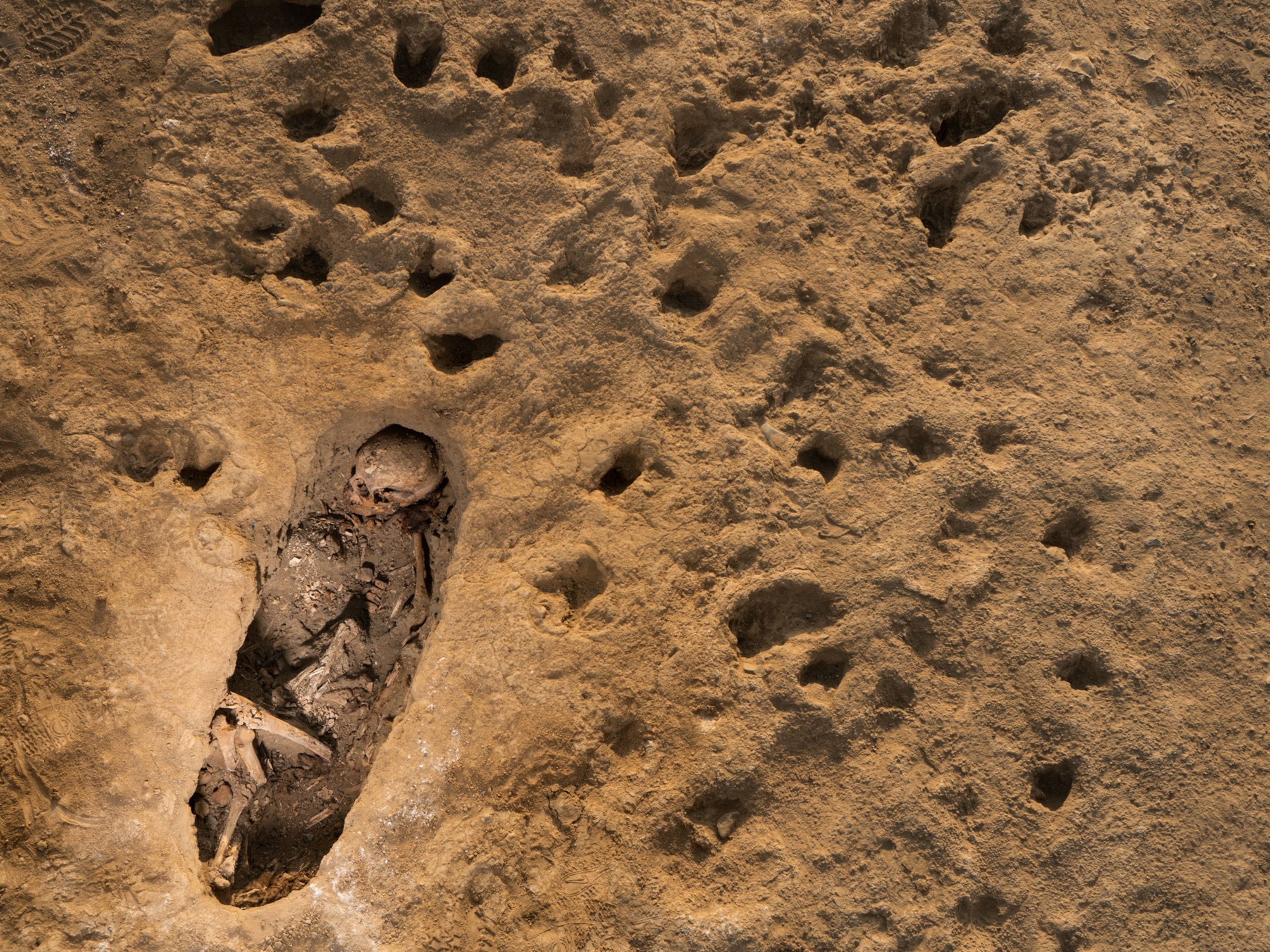How El Niño Affects the Weather
Hurricane season is over, but El Niño isn’t. Watch to learn what else is in store.
This year’s hurricane season is winding down. And as meteorologists predicted, there was above average activity in the eastern and central Pacific and less than usual in the Atlantic. The reason, also as predicted: a strong El Niño.
El Niño may have also contributed to October 2015 being the warmest on record, at 0.98°C (1.76°F) above the 20th century average for the month.
Now we’ll begin to see the weather phenomenon’s influence on winter storms and rainfall. But that doesn’t mean drought-stricken California can celebrate just yet.
What’s Going On?
El Niño is the periodic warming of water in the Pacific Ocean every few years. When it occurs, it means more energy is available for storms to form there. El Niño also affects wind shear, which is when air currents at a lower altitude blow in a different direction from winds higher in the atmosphere. Strong wind shear makes it harder for hurricanes to form.

El Niño weakens shear in the Pacific and strengthens it in the Atlantic, which explains this year’s hurricane season. The Pacific saw a record season, with 24 tropical storms and 15 hurricanes. This year saw the strongest hurricane ever measured (in terms of sustained windspeed), Patricia, with winds of 200 mph (325 km/h). That October storm killed 12 and caused damage as far as Mexico to Texas.
But in the Atlantic, there have been 11 tropical storms and 4 hurricanes so far, with only two major hurricanes. That’s below the 30-year average of 12 named storms, six hurricanes, and three major hurricanes.
Effects on Temperature
El Niño can also affect temperature. The warming water tends to boost global air temperatures by at least 0.1°C, meteorologist Jeff Masters writes for the Weather Underground.
“This extra bump in temperature, when combined with the long-term warming of the planet due to human-caused emissions of heat-trapping gases like carbon dioxide, makes it virtually certain that 2015 will be Earth's second consecutive warmest year on record,” Masters writes.
El Niño’s effects are likely to persist into 2016, pushing temperatures higher and affecting wind patterns, notes Masters.
Relief for California?
Does this mean the Western U.S. is over its drought woes? Not so fast, the National Oceanic and Atmospheric Administration warns in its recent winter outlook.
California is expected to see unusually warm temperatures this winter, which means much of the precipitation it normally gets as snow will fall as rain. So instead of replenishing the denuded mountain snowpack, much of that water will runoff the landscape to the sea, where it will no longer be convenient for people to use.
Dry conditions are also predicted for the northern Rockies, Great Plains, and Great Lakes, while the South is expected to be cool and wet.




